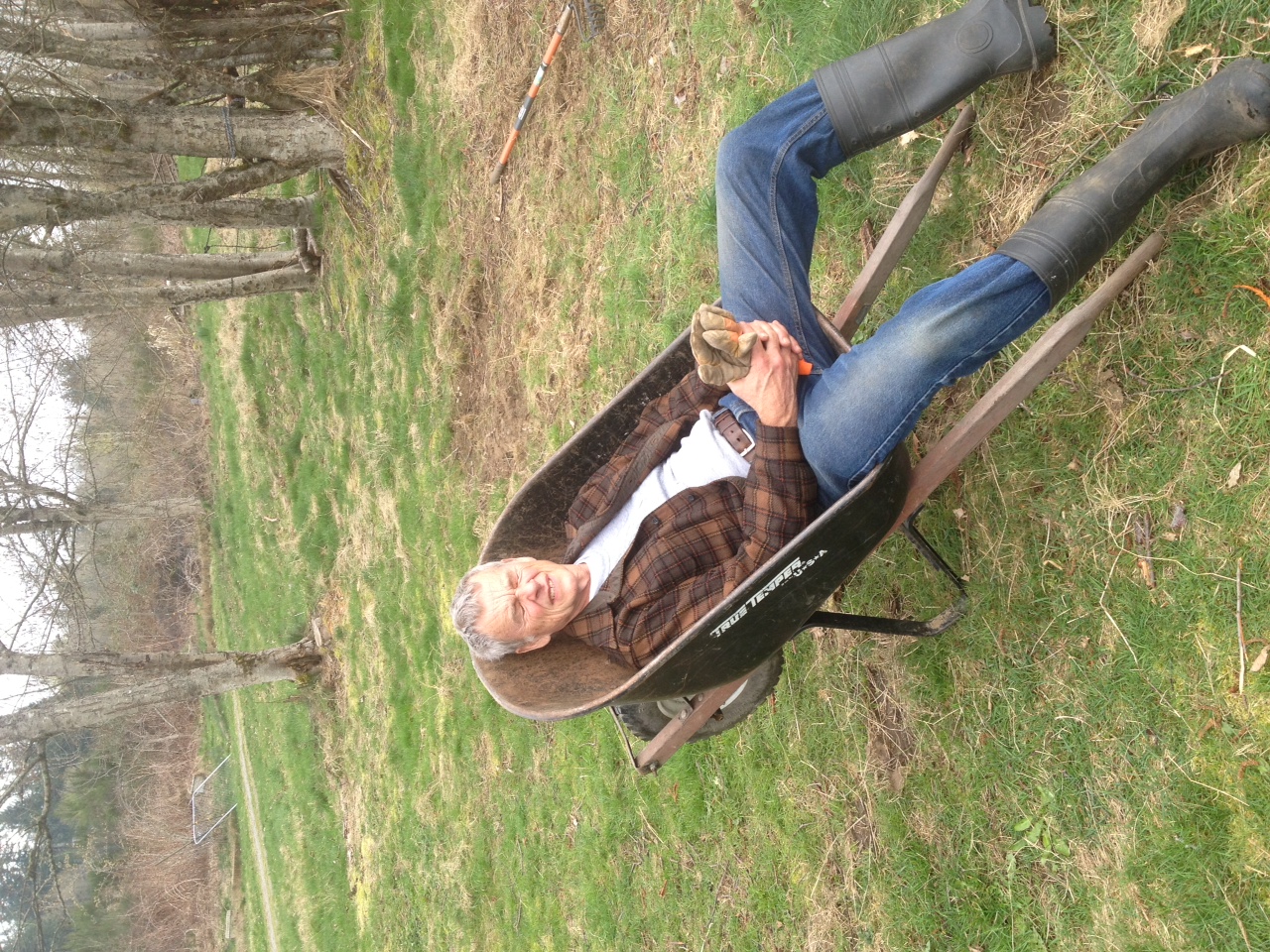Autumn Chores on the Farm
- Ken Campbell

- Nov 1, 2021
- 3 min read
As noted previously in this blog, seasons dictate what goes on on the farm. The transition from summer to fall is the time for a host of traditional chores.
It is time to make the last cut of hay when the raspberries, plums, garden produce, and blueberries have been harvested; when the rainfall no longer collects in the rain gauge; and when the hay-field grass becomes rank and slows its rate of growth. The haying sequence begins with mowing, followed by raking and windrowing the cut grass, then twine-baling the windrowed grass. The bales, scattered over the fields, are loaded on the truck and trailer and stashed in the barn. Jay’s haying equipment is well-used machinery that Jay has brought up to functional status. It clangs and bangs with all the sounds of 1940s agriculture but, with Jay’s conscientious and constant maintenance and repair, it gets the job done. The farm’s hayfields produce enough hay to sustain the permanent farm animals through the winter with just enough extra for Jay to sell a bale or two.
Interspersed with the haying chores is animal harvest. First to go, around Labor Day, are the meat chickens who, if they have not been housed in a pasture sled, have been sequestered and fed in a barn stall all summer long. A day’s effort puts 30 ± birds in the freezer. Sometime after haying is done, the pigs and lambs are slaughtered and butchered and distributed to all who have bought into the current year’s meat production. Last, in late autumn/early winter, this year’s cows will have gotten from the pasture all that a ruminant animal can reasonably gain from the lush plant growth they have been consuming since early spring. They too join the other animals in the food chain that feeds Jay and Ellen’s friends and acquaintances who have subscribed to the wholesomeness of farm-raised meat.
While Jay is busy with the animals, Ellen is busy with the garden and orchard. As she procures the last of summer’s produce, she, with her cultivated sense of color and design, collects the pumpkins and gourds that have now turned orange and yellow and red and displays them on the porch where they will wait until they are converted into Thanksgiving pies. She begins winterizing the garden beds by pulling up dead tomato and bean plants and moving them into compost bins. Sunflowers and other plants with mature seeds she will leave in the garden to feed birds through the winter. She then digs up and separates the dahlia tubers and protects them as needed. She judiciously works compost into the soil of the planting beds; not too much or it ties up the nitrogen. Finally, or maybe prior to these other chores, she picks the apples and gets them ready for cider making.
By mid-October, it is time for cider squeezing. The cider press is taken out of storage, set up on the porch, and the apples are processed in the very traditional way of making apple juice and cider. After the juice has been stored and distributed and the mash fed to the sheep and cows, much of the seasonal work has been completed and the farm is ready to idle through the winter with chores reduced to daily collection of eggs, feeding the sheep, wintertime woodworking projects, and waiting for the birth of spring lambs.












Comments